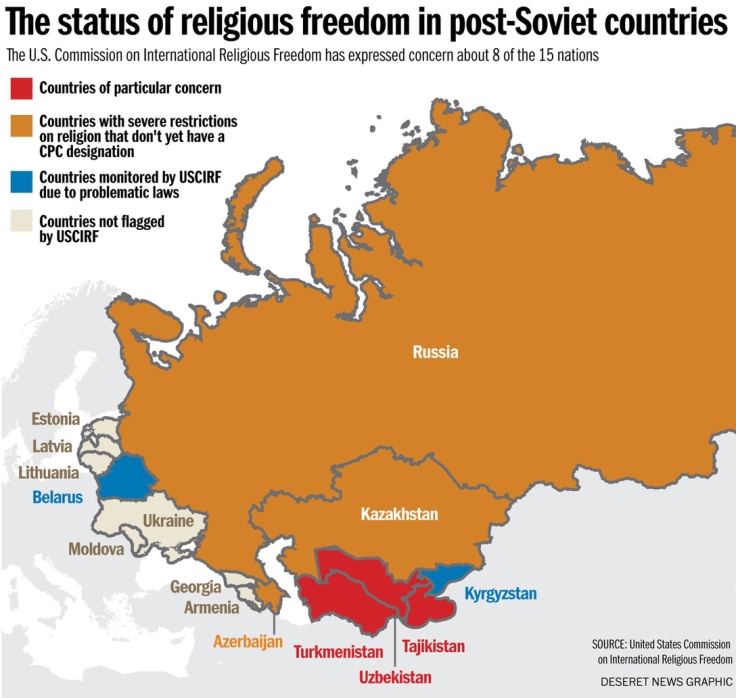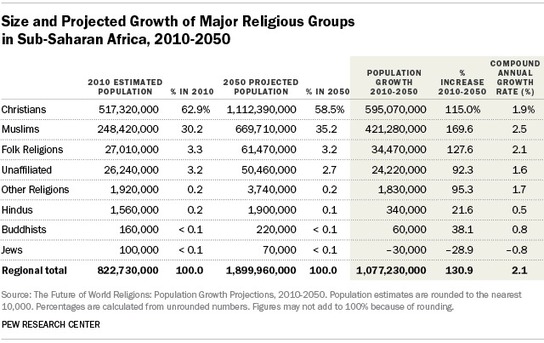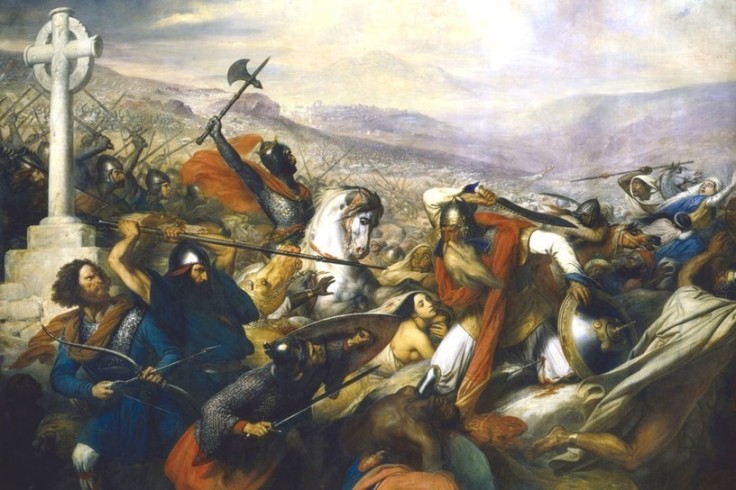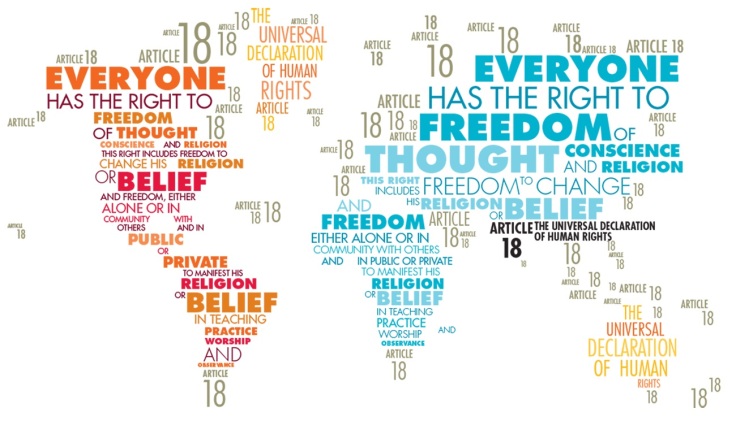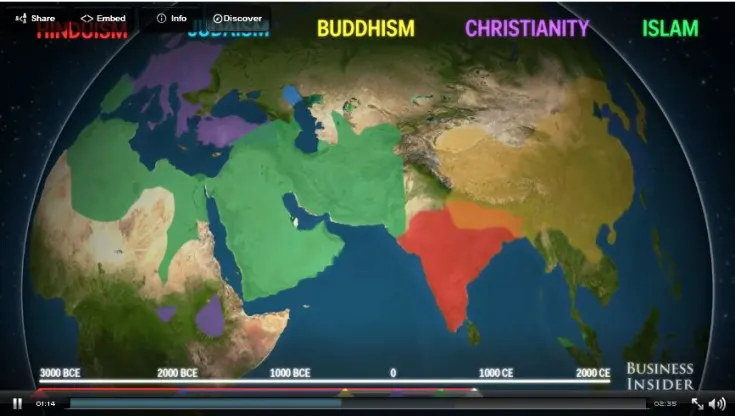It’s been 25 years since the fall of the Soviet Union. How has religious freedom fared in this part of the world?
Source: www.deseretnews.com
The collapse of the former Soviet Union was one of the biggest political events of the 20th century with long-reaching cultural ramifications. The generations of state-sponsored atheism followed by a variety of new political policies has meant that religious freedoms vary greatly in the regions that were once a part of the USSR. This article gives a good breakdown of all the former SSR’s and the state of religious freedom today in each of them.
Tags: religion, Christianity, Islam, Russia, Ukraine, Armenia, Azerbaijan, Georgia, Belarus, Latvia, Lithuania, Estonia, Moldova, Tajikistan, Uzbekistan, Kyrgyzstan, Turkmenistan, Kazakhstan.
